About Graham
This brief timeline of Graham uses archival photographs to illustrate the vibrant history and evolution of this unique North Carolina Piedmont town. Each segment represents defining moments which shaped the character of the City we see today. The information below is an abbreviated account from the book Auction and Action: Historical Highlights of Graham, North Carolina written by Durward T. Stokes which celebrates distinctive stories from the past. A few more recent events have been added to provide a glimpse into modern-day Graham.
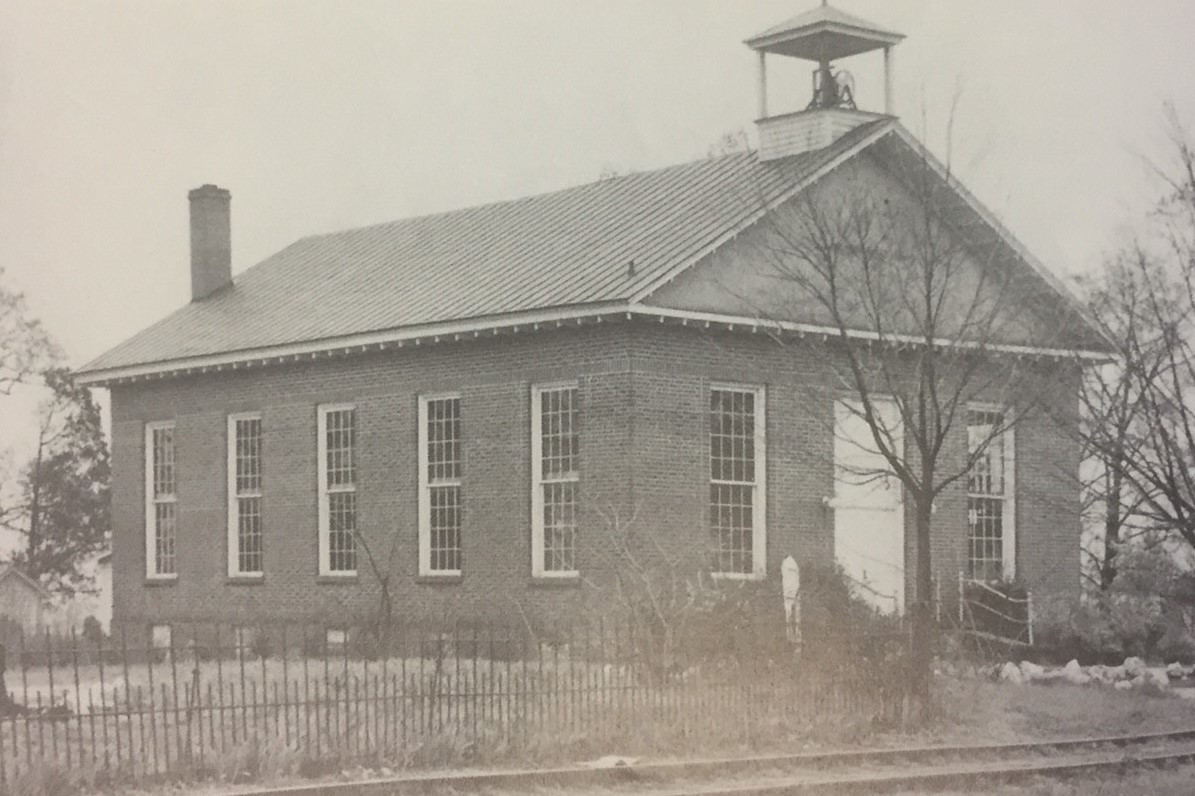
1849
In the beginning...
In 1849, the area flourished with continued growth and settlement. Residents found it increasingly difficult to cross the Haw River to Hillsborough, then the center of county government, to conduct official business. To rectify the situation, the North Carolina legislature took action to form Alamance County. (Photo: Site of original meting to form Alamance County, Providence Church)
1849
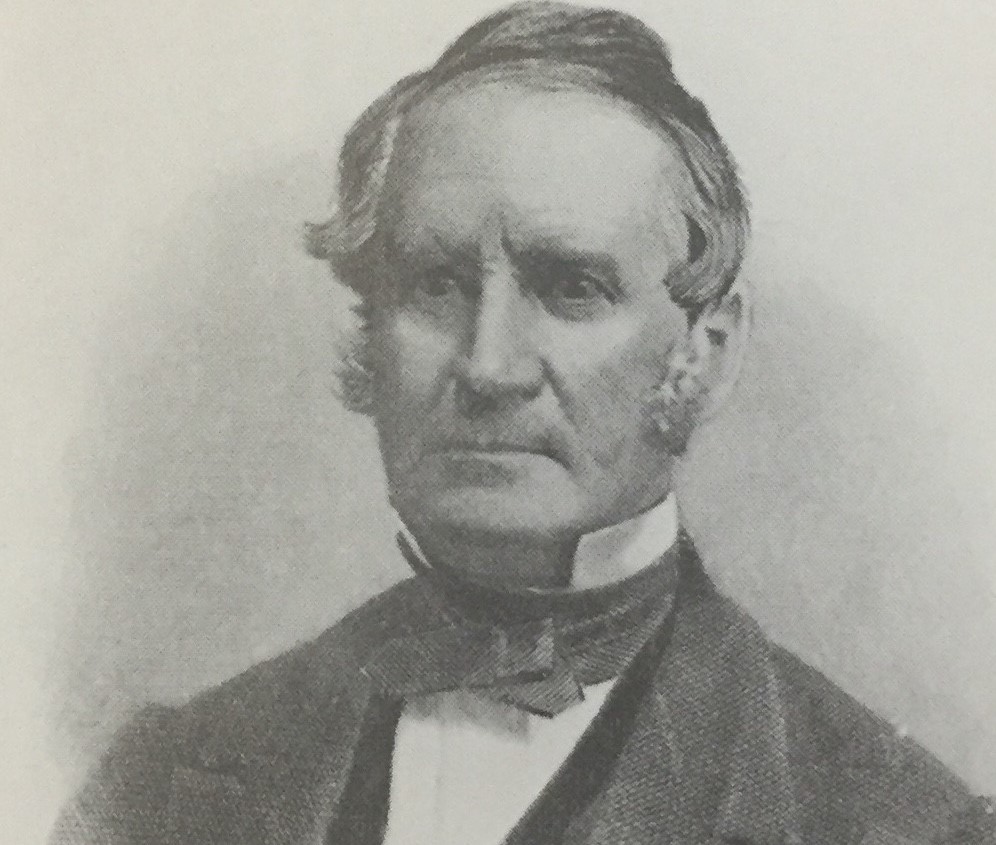
1851
Establishing the City
With the new county established, a selection committee set out to find a suitable site for the county seat. The group wanted the seat to be in the geographic center of the county. After purchasing the land, the legislature decided to name the new town in honor of then Governor William A. Graham. The Town of Graham was officially incorporated in January of 1851. (Photo: City Namesake, Governor William A. Graham)
1851
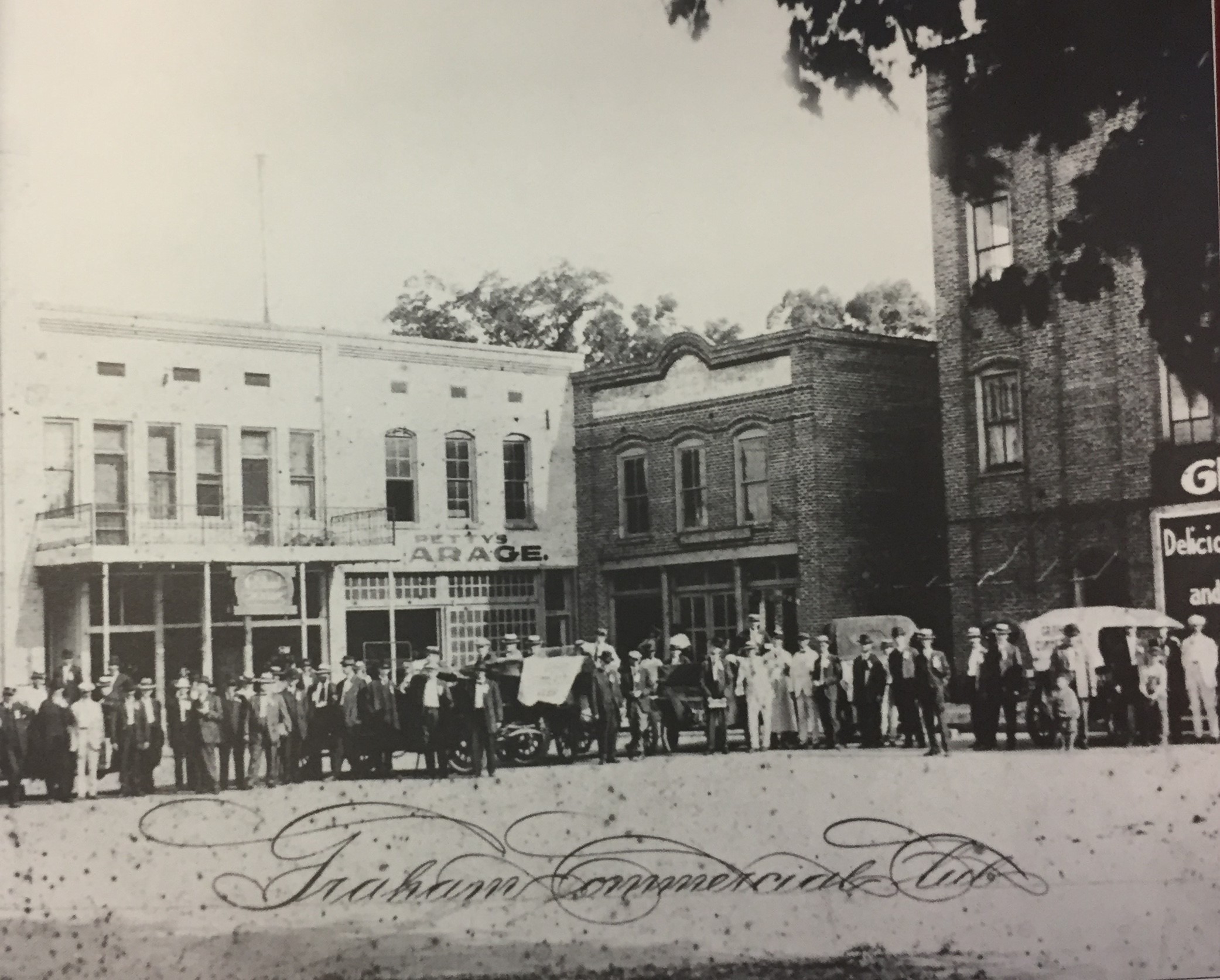
Early Years
Building a Community
Local surveyor Silas Lane, laid out Graham using the Lancaster square plan, which featured a large square at the intersection of the main streets, with notched out corners. The property around the courthouse site was divided into 68 lots and an auction was held to distribute the property. Stores and homes sprang up quickly in the years that followed.
Early Years
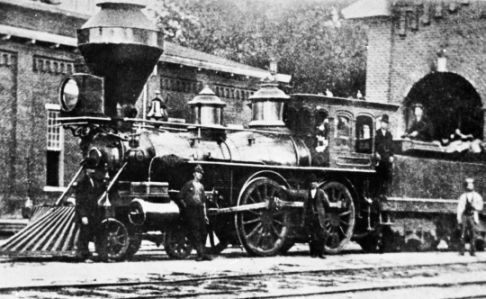
1857
North Carolina Railroad
Soon after incorporation, news circulated that the North Carolina Railroad was considering locating its repair and maintenance shops nearby since it was at the center of the Goldsboro-Charlotte line. Residents did not like the idea of the noise, smoke, and activity the railroad would create. So, the town passed a law prohibiting railroad tracks from coming within one mile of the courthouse. The proposed railroad tracks were moved north of town and the shops were built two miles to the west, which gave birth to Burlington.
1857
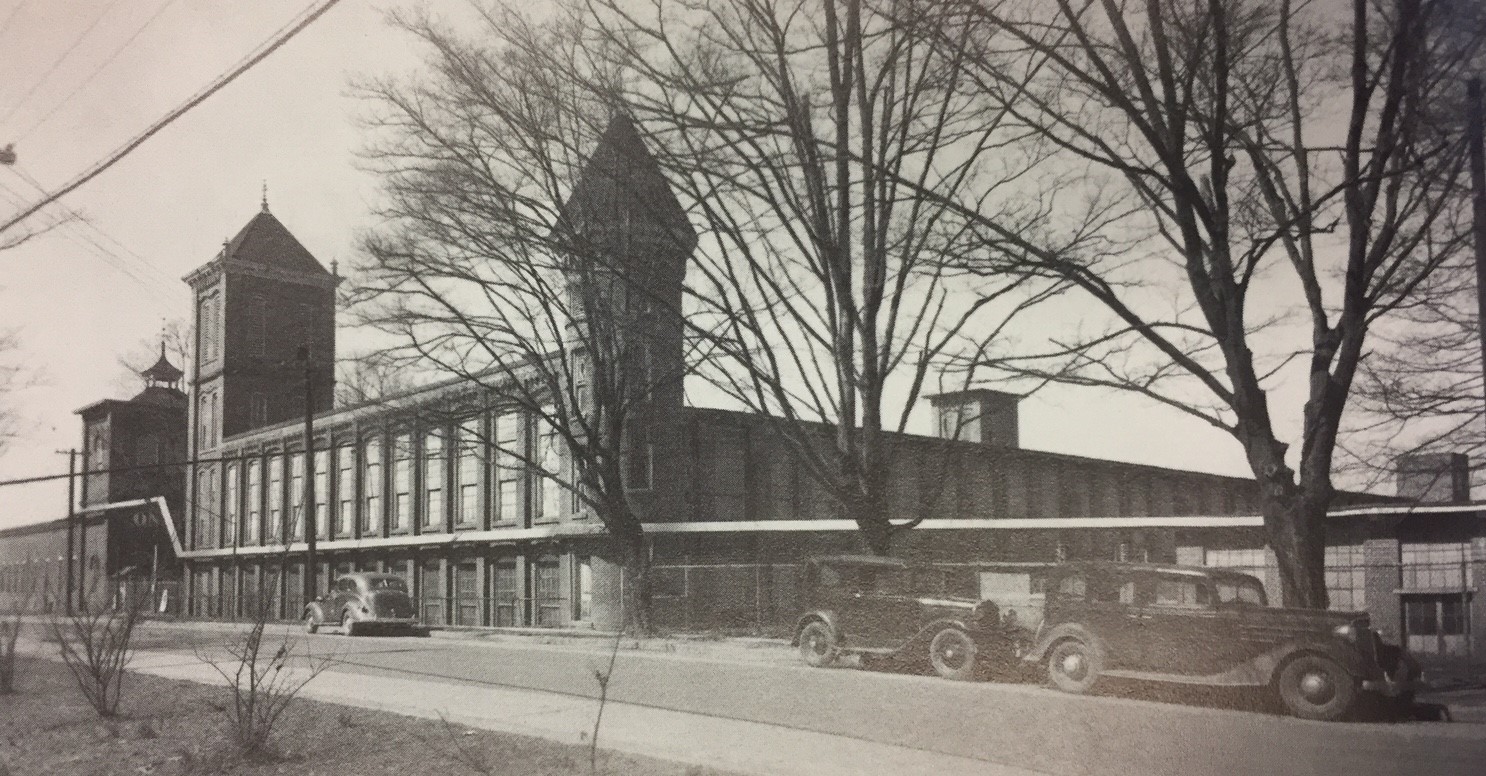
1880's
Textile Mills
In 1881, the Scott-Donnell Company built the Oneida Cotton Mill on West Harden Street and subsequently sold it to L. Banks Holt. The Scott family then built and opened Sidney Cotton Mill in north Graham. Both were major employers in the area.
1880's
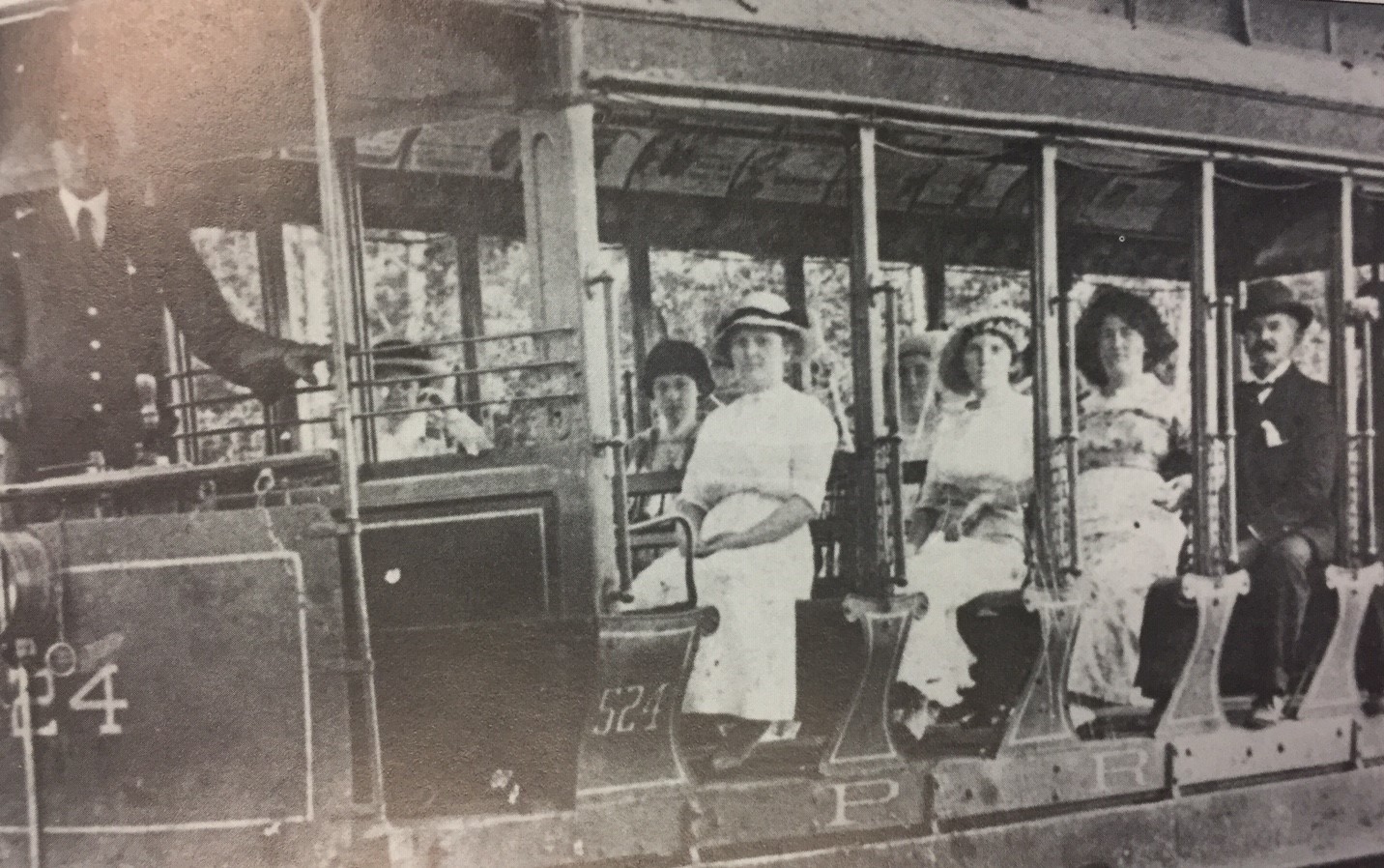
1911-1923
Streetcar Line
The Piedmont Railway & Electric Company established streetcars which ran between Burlington, Graham, and Haw River. Round-trips on the streetcar cost just 5 cents. The streetcars ran seven days a week, year-round, and many people traveled by streetcar to both work and school. The arrival of automobiles contributed to the end of the streetcar service in 1923. The tracks were taken up during WWII, with the metal sent to the war effort.
1911-1923
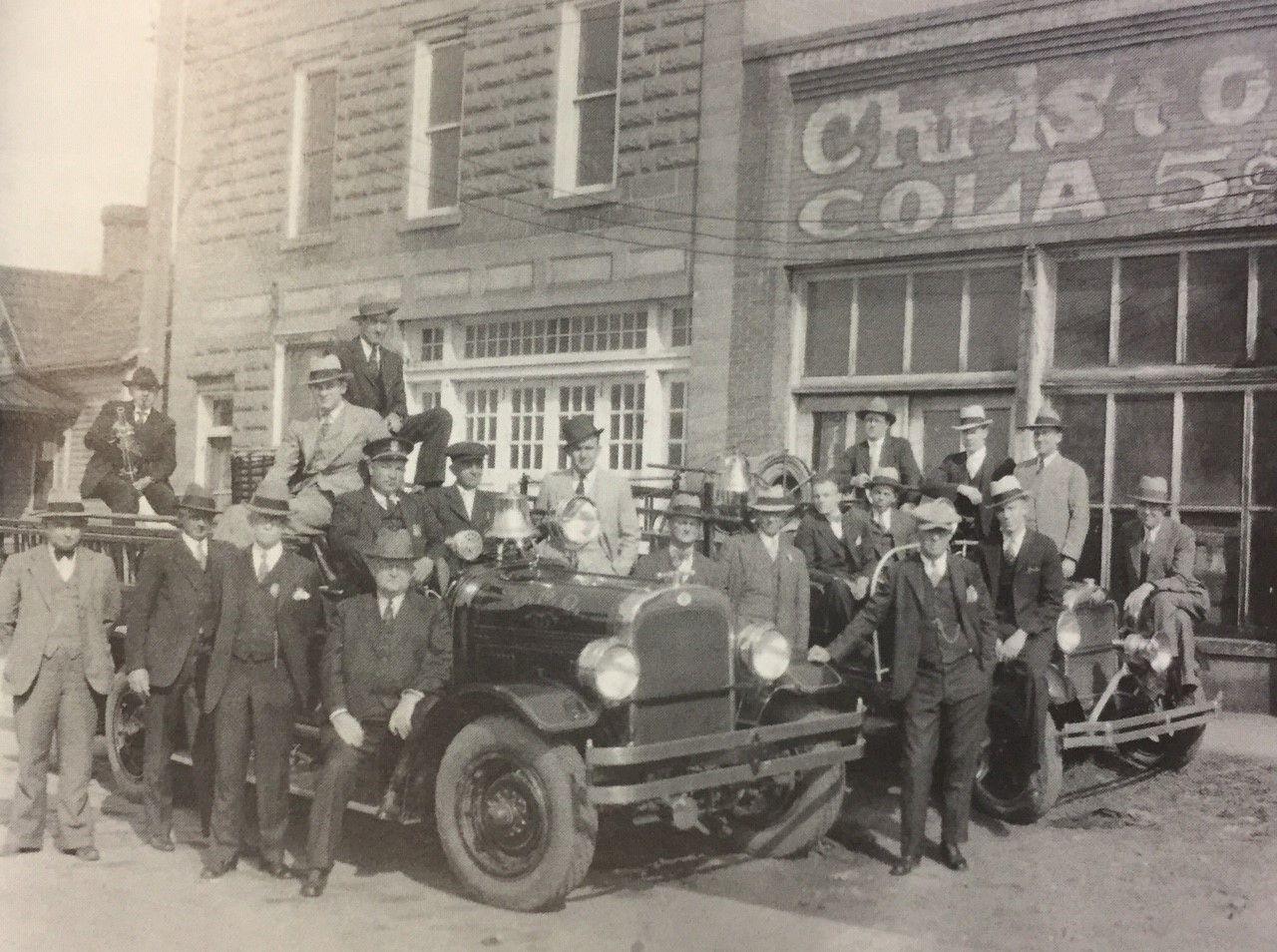
1930's
History of Service
Volunteer firemen in Graham Hose Company No. 1 answered the fire bell beginning in 1903. Despite difficult economic times in the 1930's, Graham purchased a new Seagrave Suburbanite Pumper. Through perseverance the City was able to keep the engine despite it being repossessed three times for nonpayment. Subsequently the building was turned into City Hall. Today it is used as the Graham Historical Museum as well as office space for the Recreation and Parks Department. The Seagrave is now on display in the Graham Historical Museum as a symbol of this communities resilience and in honor of those early firemen.
1930's
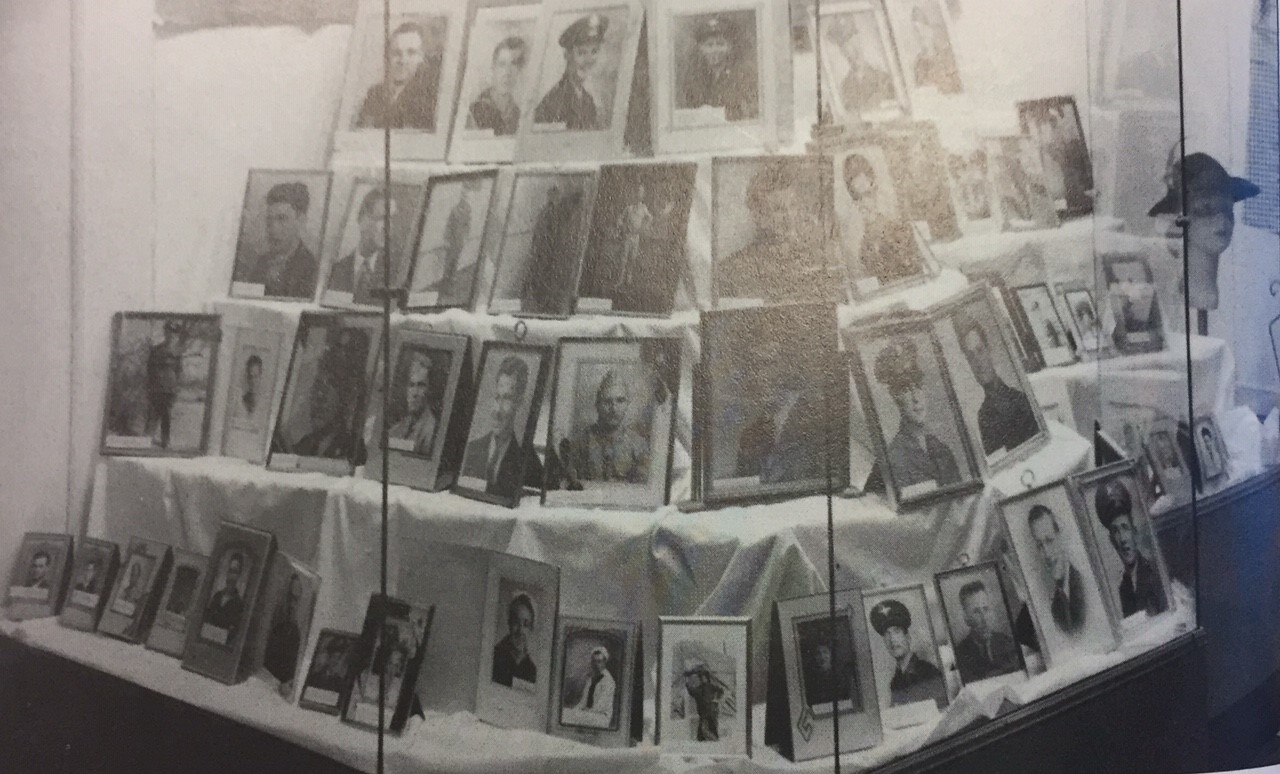
1940's
World War II
During WWII, many young men from Graham left to serve our country. This patriotic display downtown was a tribute to Graham soldiers who were actively serving in the military.
1940's
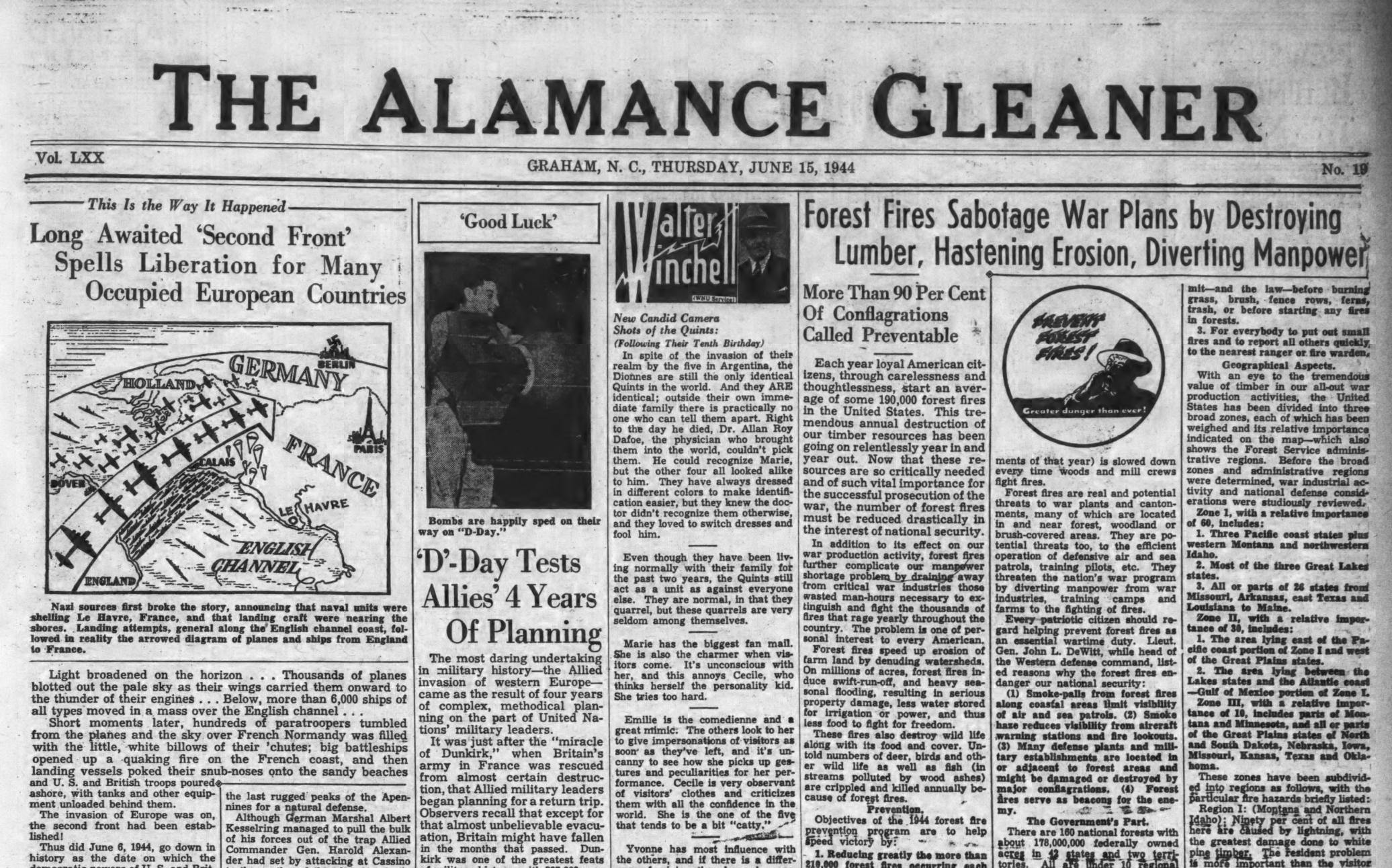
1945
Alamance Newspapers
In 1875, the Alamance Gleaner was founded by Captain E.S. Parker. In addition to local and national news this small town paper also featured "poetry, brief essays, and stories to provide cultural benefits to its readers." In 1945, The Alamance News was launched. After the owner of the Gleaner died in 1965 it was purchased by the Boneys and merged with The Alamance News which is still in operation today.
1945
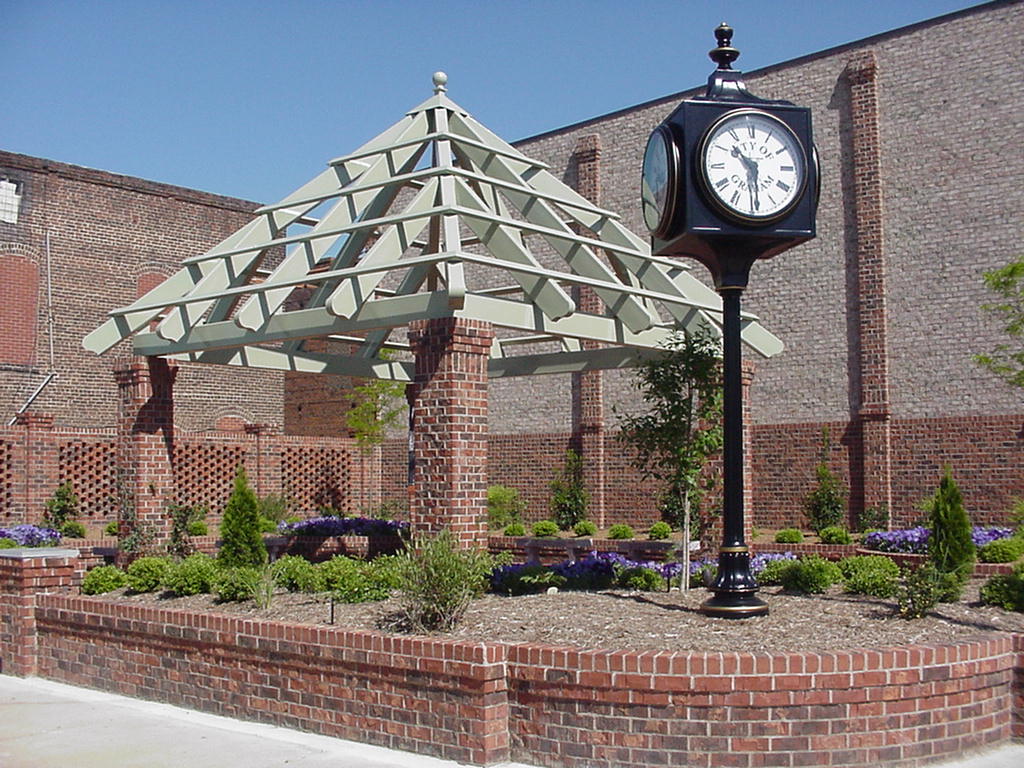
2001
Celebrating 150 Years
To celebrate the City's 150 years, Graham developed Sesquicentennial Park in Court Square. The small park features the original courthouse bell of Alamance County, stone benches, a pergola, flowerbeds, and a clock.
2001
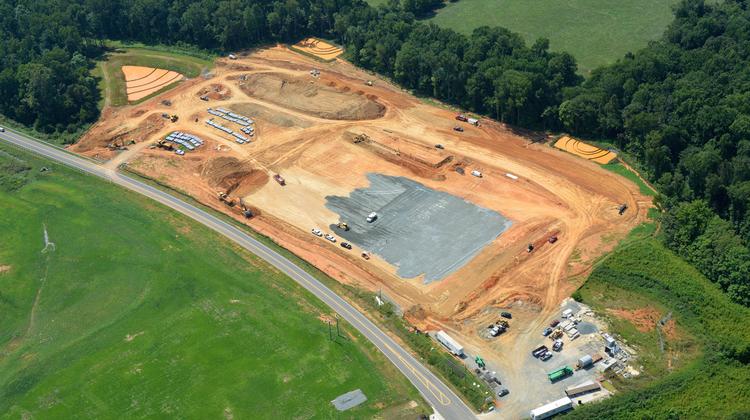
2015
N.C. Commerce Park
The N.C. Commerce Park is an 1,100-acre economic development zone, with parcels certified by the N.C. Department of Commerce. The area includes parcels owned by dozens of private land-owners who have voluntarily become partners. The area includes parts of Graham, Mebane, and unincorporated Alamance County. Site development involved $12 million for infrastructure, jointly funded by the three local governments and the N.C. Department of Transportation. The project is an economic development success story that underscores how vital regional collaboration is for community and economic development. Perhaps the most innovative aspect of this partnership is that the three local governments have created an interlocal agreement to share the financial benefits.
2015
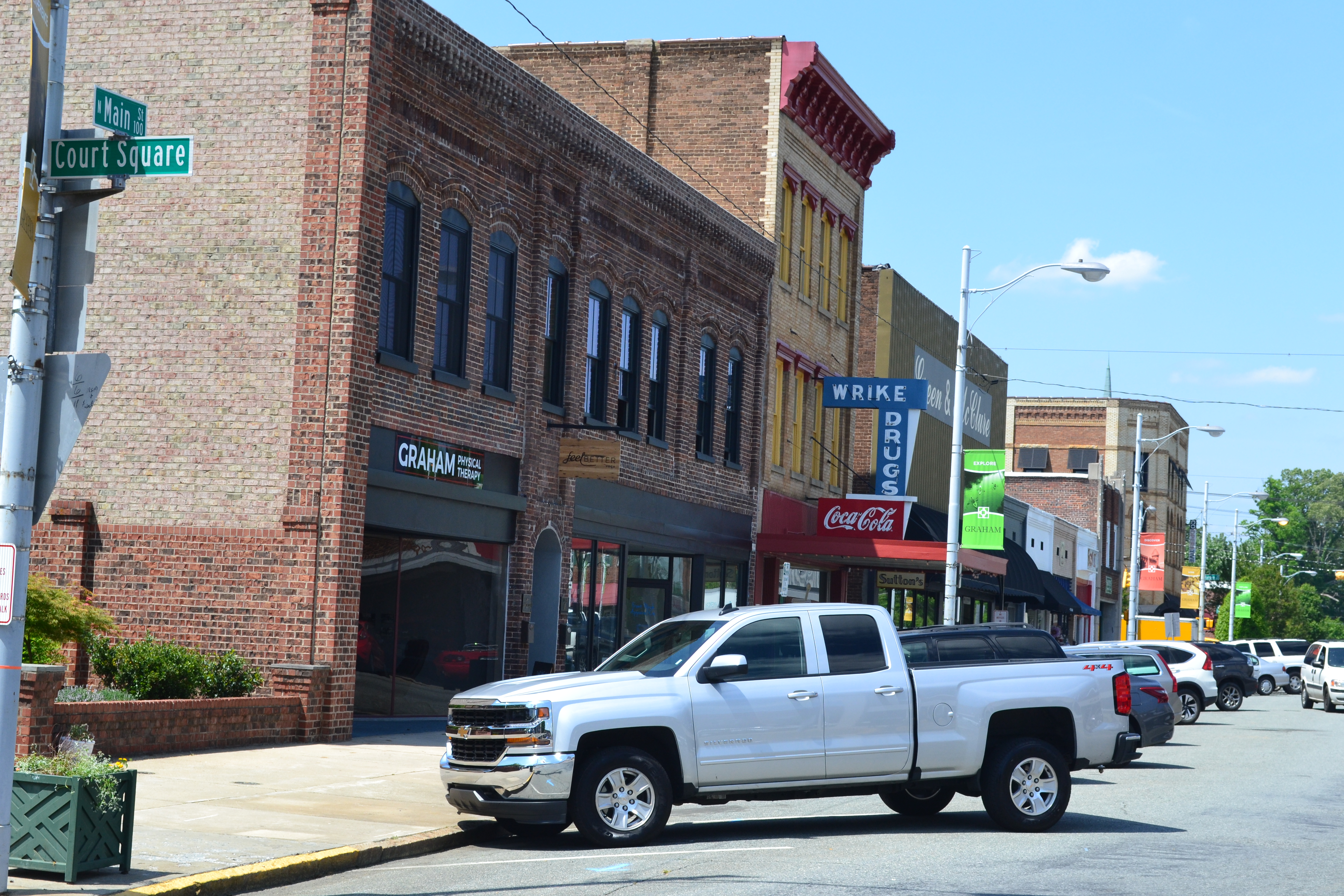
2020
Downtown Revitalization
Today, Graham has more than 15,000 residents living in an area of nearly 10 square miles. The proximity to the I-40/85 corridor has contributed to steady growth for several decades. Graham has been transforming from rural to suburban and urban since the 1960's. In 2020, the NC Department of Commerce selected Graham to participate in the Downtown Associate Community (DAC) Program. This initiative through the NC Main Street and Rural Planning Center is designed to equip the City with the tools to build a sustainable organizational foundation and conduct strategic economic development in downtown Graham.
2020
